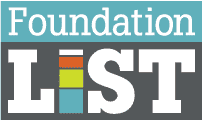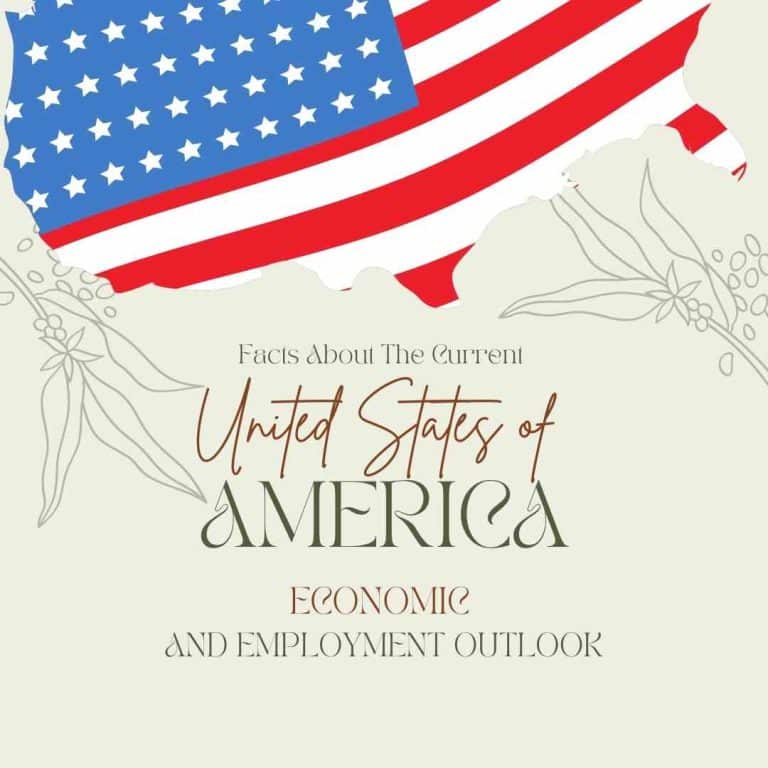The Current U.S. Economic and Employment Outlook
- Interest rates are increasing: In a more aggressive move to fight inflation than it had spelled out weeks before, the Federal Reserve (Fed) raised the federal funds rate by 0.75% in mid-June, which was the largest single bump to interest rates since 1994. The rate increase by the Fed was the third raise this year. By raising interest rates, the Fed aims to slow down the economy by making borrowing more expensive. The Fed hopes to put downward pressure on inflation, which remains persistently high.
- Stock volatility is likely to continue: Interest rate increases can bring stock price volatility during a bear market. What is a bear market? A bull market condition occurs when securities are on the rise, while a bear market condition occurs when securities fall for a sustained period of time. The S&P 500 fell 8.39% in June of 2022. January 1st through June of 2022 the index is down 20.58%.
- Oil prices will likely remain high: Oil prices are currently at eight-year highs at $120 per barrel as the European embargo and other restrictions against Russian oil are being felt. Without government intervention or subsidies this will continue.
- Real estate prices will likely decrease and see more volatility. The cost of buying a single-family home jumped more than 20% nationwide in April from the same month last year, according to the latest S&P CoreLogic Case-Shiller Index. The increase in interest rates increased the steepest decrease in mortgage applications to buy and refinance in 22 years.
- Global economies are facing headwinds: Most global economies are facing similar issues including energy costs, inflation, COVID-19 complications, increase in cost-of-living and weakening export prices.
- Positive signs are still with us: Employment markets are strong. Unemployment spiked early in the pandemic but has recovered at a record pace. Strong job growth, wage gains and strong national savings support consumer spending – which is approximately 70% of the U.S. gross domestic product.
Economic outlook summation: inflation is a real and perceived economic hazard as is supply chain disruptions and geopolitical conflicts. These are the current top threats to the global economy. The Conference Board Economic Forecast for the US Economy predicts a shallow recession will occur in late 2022 and early 2023. Many believe we are already officially in a recession. While stock pricing and real estate will likely continue to be volatile, the labor market continues to be the brightest and lease affected element of the bear market conditions caused by inflation, interest rate increases, and real estate market volatility.
Disclaimer: This content is for informational purposes only, you should not construe any such information or other material herein as legal, tax, investment, financial, employment, or other advice.


